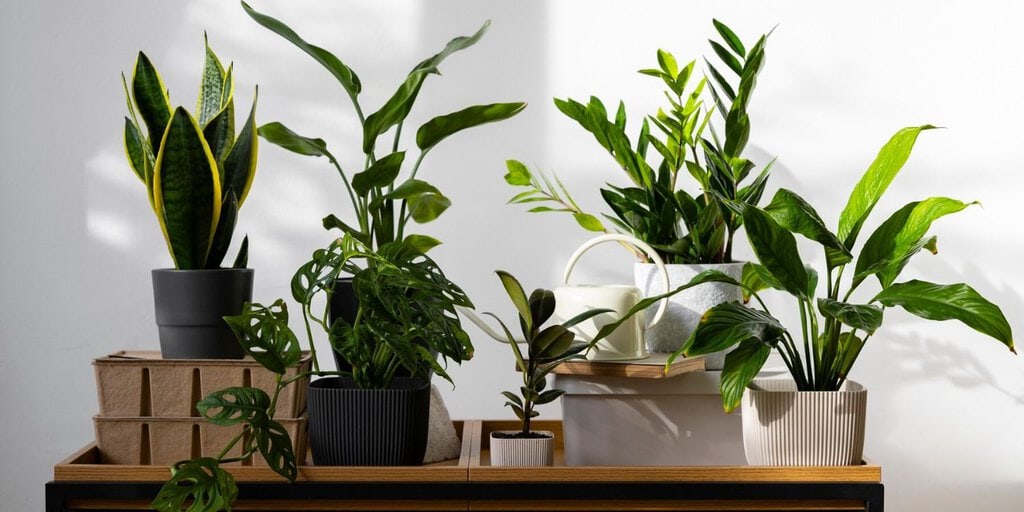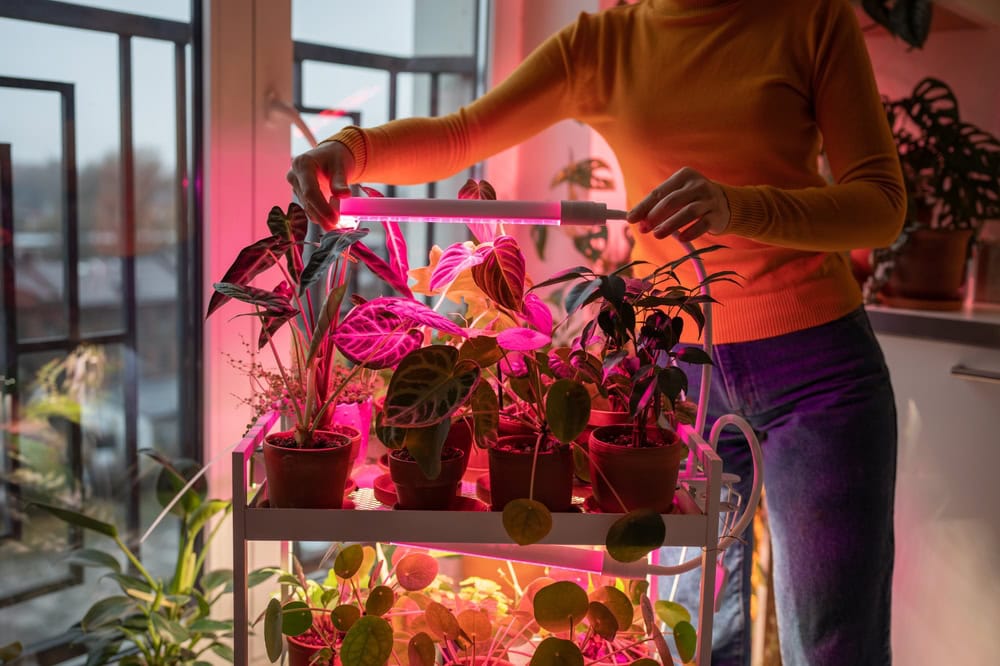
What is the best color lighting recommended for plant growth? Lovers of violet-blue colors will be happy to hear that these can be used in the 400-520 nanometer range. This encourages chlorophyll absorption, photosynthesis, and healthy growth. Want to know more? This post is a must-read for homeowners who love indoor plants.
Using Pre-Existing Light Fixtures
The question of swapping out the bulbs in a pre-existing light and replacing them with special grow bulbs versus buying a brand-new fixture that has built-in lighting is something most people consider. However, it depends on what one is looking for, either convenience and cost or specialized quality.
The former is the cheaper option. For most people, it is also easier to use. Just remove the old lamp that needs bulb replacement and replace it with a specially designed grow bulb.
Buying a Brand-New Fixture
The latter is more expensive, but it provides a more holistic solution. A single fixture is capable of providing light to multiple plants, dispersing the lighting evenly in a space. Because these fixtures are designed for grow light purposes, they offer a fuller light spectrum range than their cheaper counterpart.
Incandescent grow lights are the least expensive, but they’re also the least energy-efficient and have a high heat output. Fluorescent lights have a low heat signature and offer a good spectrum of light for growing. They come as tube lights or compact fluorescent reflectors. Growing with fluorescent lighting is a more energy-efficient solution than using incandescent lights, but the downside is they are more expensive.
The Best Colors and Ranges
For plant growth, the best colors are red lights in the 610-720 spectrum range, which promote flowering and budding, and violet-blue lights in the 400-520 nanometer range, which encourage chlorophyll absorption, photosynthesis, and growth.

Grow lights must be able to offer the proper spectrum of light for photosynthesis, which is vital for plant growth. Before purchasing any lighting, make sure you check out the color spectrum. Lights that offer the full spectrum are the ideal choice.